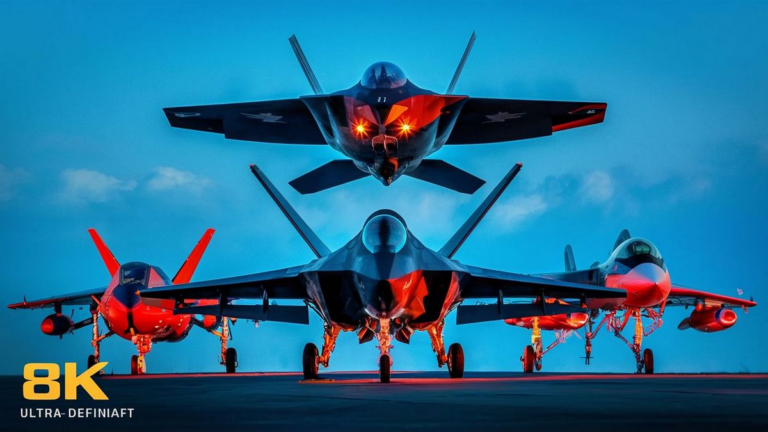When it comes to military prowess and technological superiority, the United States stands at the forefront, boasting an impressive array of aircraft designed to dominate the skies. Among these aircraft, there are several that stand out not only for their advanced capabilities but also for their hefty price tags.
The F-22 Raptor
One of the most iconic and expensive aircraft in the US military’s arsenal is the F-22 Raptor. Designed primarily as an air superiority fighter, the F-22 comes with a price tag that reflects its cutting-edge technology and capabilities. With a unit cost exceeding $150 million, the F-22 is renowned for its stealth features, advanced avionics, and unparalleled maneuverability.
The B-2 Spirit
Stealth and precision are the hallmarks of the B-2 Spirit, commonly known as the “Stealth Bomber.” This strategic bomber, with its distinctive flying wing design, is capable of delivering both conventional and nuclear payloads deep into enemy territory with unmatched stealth capabilities. The price for such advanced technology is steep, with each B-2 Spirit costing over $2 billion.
The F-35 Lightning II
As one of the most technologically advanced multirole fighter aircraft in the world, the F-35 Lightning II represents the pinnacle of modern aviation engineering. With variants designed for the Air Force, Navy, and Marine Corps, the F-35 combines stealth, agility, and advanced sensor capabilities. However, this level of sophistication comes with a hefty price tag, with the estimated program cost exceeding $1.5 trillion, making it one of the most expensive military projects in history.
The VH-71 Kestrel
While not a combat aircraft, the VH-71 Kestrel, also known as Marine One, serves a critical role as the presidential helicopter. Designed to transport the President of the United States safely and securely, the VH-71 Kestrel boasts advanced avionics, defensive countermeasures, and luxurious accommodations. With a unit cost exceeding $400 million, each VH-71 Kestrel is a symbol of prestige and security.
The E-2D Advanced Hawkeye
For airborne early warning and control, the US Navy relies on the E-2D Advanced Hawkeye. This state-of-the-art aircraft provides 360-degree surveillance and situational awareness, enabling commanders to make informed decisions in complex environments. With a unit cost of over $200 million, the E-2D Advanced Hawkeye is a critical asset for naval operations.
The V-22 Osprey
Combining the vertical takeoff and landing capabilities of a helicopter with the speed and range of a fixed-wing aircraft, the V-22 Osprey is a versatile platform used by the US Marine Corps and Air Force for various missions, including troop transport and aerial refueling. Despite its unique capabilities, the V-22 Osprey comes with a substantial price tag, with each unit costing over $70 million.
From stealth fighters to strategic bombers, the United States boasts a formidable fleet of military aircraft, each representing the pinnacle of technological innovation and engineering prowess. While the price tags associated with these aircraft may be staggering, their capabilities are unmatched, ensuring that the US maintains air superiority on the battlefield.
Training and Maintenance Costs
Aside from the initial procurement costs, it’s essential to consider the ongoing expenses related to training personnel and maintaining these sophisticated aircraft. The training of pilots, ground crew, and maintenance technicians requires significant investment in time and resources to ensure operational readiness and proficiency.
Frequently Asked Questions
| Question | Answer |
|---|---|
| What factors contribute to the high costs of military aircraft? | The high costs of military aircraft can be attributed to various factors, including research and development expenses, advanced technology integration, production costs, and stringent safety and security standards. |
| How do these expensive aircraft contribute to national defense? | These aircraft play a crucial role in maintaining air superiority, conducting strategic missions, providing reconnaissance and surveillance capabilities, and projecting power globally, thus enhancing national security. |
| Are there any efforts to reduce the costs of military aircraft? | Efforts such as streamlining procurement processes, leveraging economies of scale, and exploring innovative cost-saving measures are ongoing to mitigate the financial burden associated with acquiring and maintaining military aircraft. |
See also:






